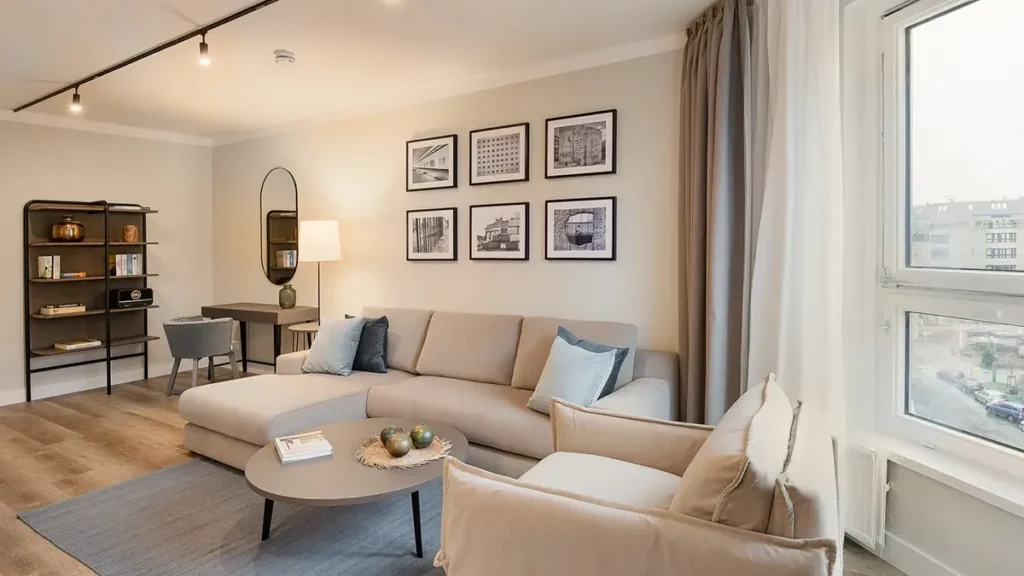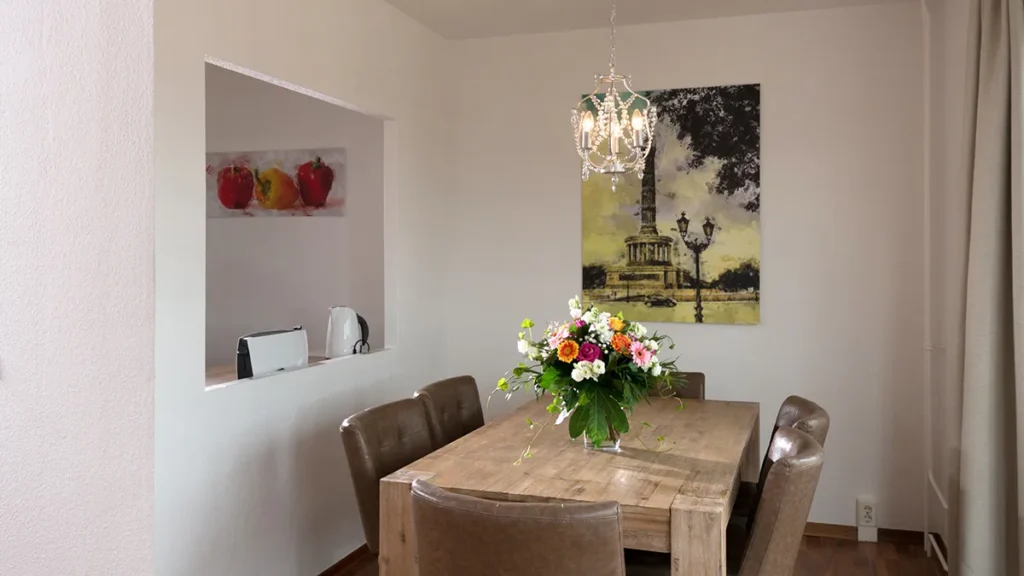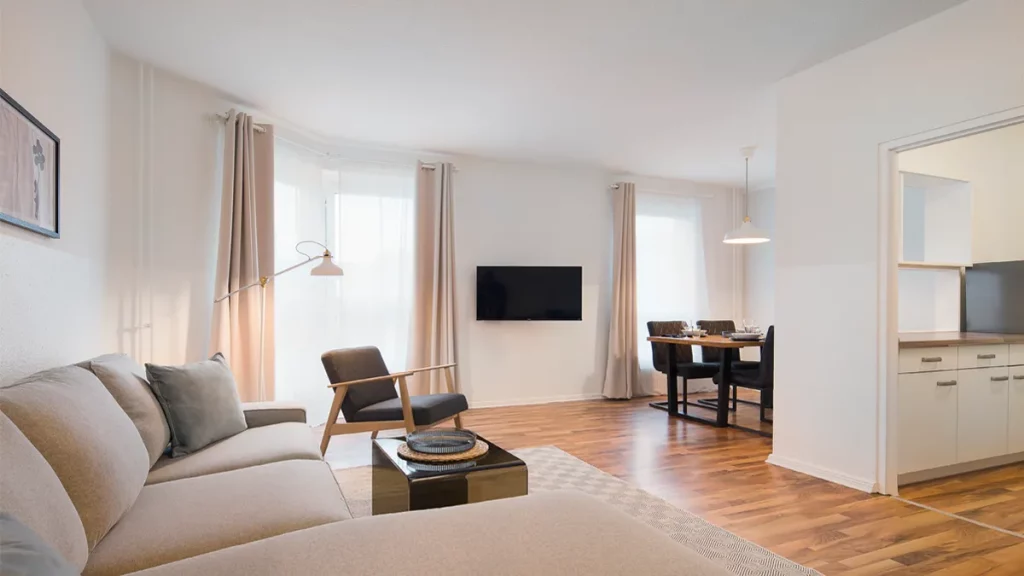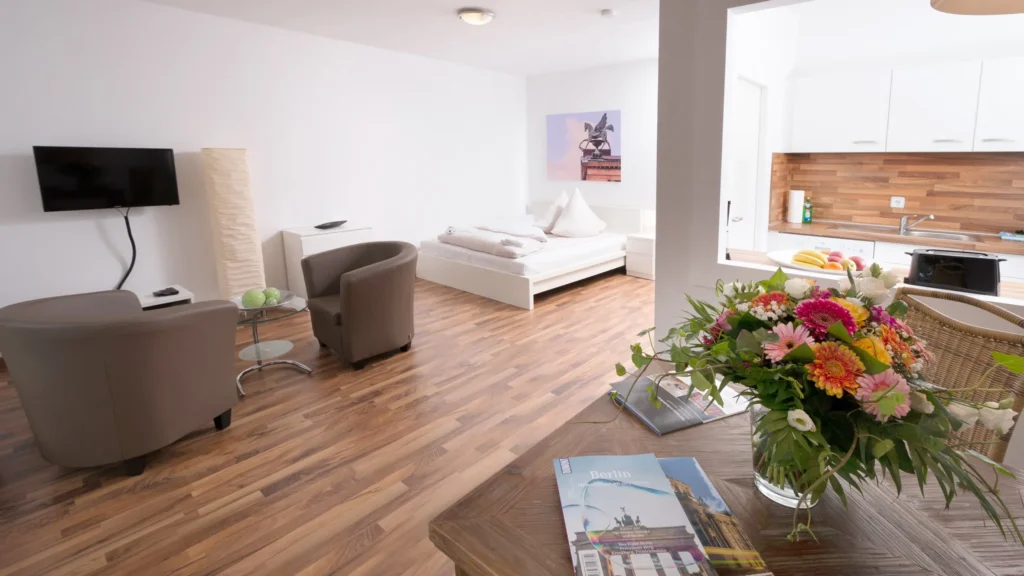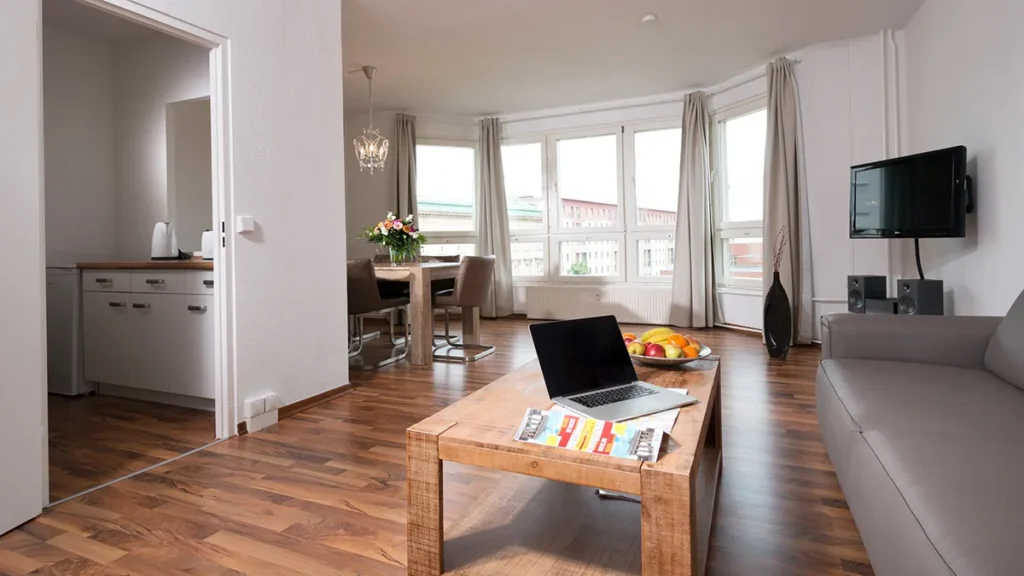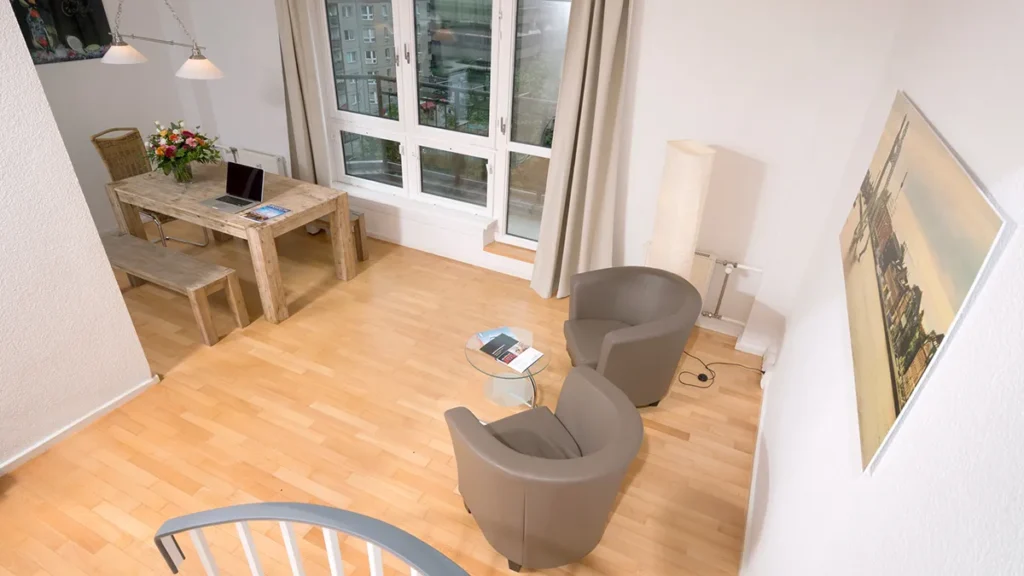The Alte Nationalgalerie looks rather noble, even from afar, thanks to the colonnade that surrounds much of the building and partly obscures the museum. However, there is a great deal to see once you get closer and can take it all in: the double switchback flight of steps takes visitors up to the foot of an equestrian statue in front of the building. Behind the statue and the steps, the building’s portico is unmissable. Impressed by the lavish structure of the façade, many museum visitors overlook the entrance: an unassuming gateway located under the statue, in the middle of the double flight of steps.
Once you’ve had your fill of the fascinating façade, enter the exhibition rooms, where you will be confronted with an array of unique artworks. Over its three spacious floors, you can see outstanding works from the Classical, Romantic, Biedermeier, Impressionist and early Modernist periods. Visitors can rent an audio guide and listen to vivid descriptions of key works via headphones.
When Berlin was divided into East and West in 1949, the Nationalgalerie’s collection was also split between the two parts based on its storage locations. While the works promised to East Berlin remained in the Alte Nationalgalerie or were taken there, the works from West Berlin were first taken to the Orangery of Charlottenburg Palace, then moved to a new building near Potsdamer Platz, the Neue Nationalgalerie, in 1968.
